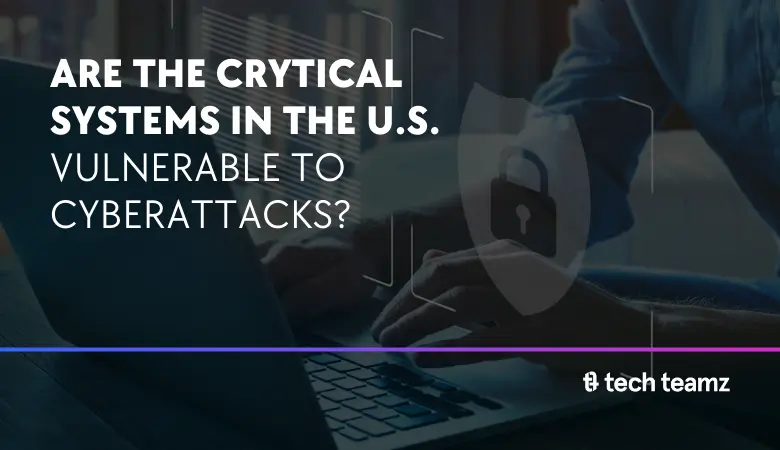When we speak about cyberattacks on critical systems, we’re talking about the systems holding many of our daily activities: drinking water at a public park, making a doctor’s appointment, having electricity in our homes, etc. These are vulnerable to attacks from hackers since they increasingly rely on software.
In February this year, North American security organizations like The Cybersecurity and Infrastructure Security Agency (CISA), the National Security Agency (NSA), and the Federal Bureau of Investigation (FBI) issued a warning after observing that cyber actors from the People’s Republic of China were pre-positioning themselves on IT networks. In the case of a major crisis or open conflict between the U.S. and China, they could disrupt or destroy systems that hold our routines in ways we don’t often notice.
That’s why it’s more important than ever to invest in network security, in ways to protect resources from cyberattacks, with systems relying on software more than ever.
Related content: The World Of IoT: Security Issues, AI Integration, The Future Of The Industry
The path forward: strengthening defenses
As our reliance on digital systems grows, so does the need for better and smarter cybersecurity measures. The warnings issued by U.S. security agencies are a powerful reminder that potential adversaries are not only capable of targeting our critical infrastructure but are actively preparing to do so. This reality underscores the urgency of investing in advanced cybersecurity technologies, comprehensive threat detection, and rapid response capabilities.
However, technology alone is not enough. This requires a holistic approach, including continuous employee training, public-private sector collaboration, and the development of clear policies to respond to cyber threats. Additionally, regular assessments and updates to security protocols can help ensure that vulnerabilities are identified and addressed before they can be exploited.
Furthermore, the governments must work closely with state and local authorities to ensure the protection of all levels of critical infrastructure. This includes small municipalities and rural areas, which often lack the resources to implement sophisticated cybersecurity measures. By providing these regions with the necessary support, we can create a more resilient national network, better equipped to withstand potential attacks.
Public awareness also plays a crucial role in fortifying our defenses. Citizens need to understand the importance of cybersecurity and the role they play in maintaining it. Simple actions, like using strong passwords and being cautious with emails, can contribute to a broader culture of security that makes it harder for malicious actors to find easy targets.
Encouraging international cooperation is vital. Cyber threats often go beyond borders, and by working together with allies and global partners, the U.S. can better anticipate, prevent, and respond to these challenges. This collective effort can serve as a deterrent, sending a clear message to adversaries that any attempt to disrupt critical systems will be met with a coordinated and efficient response.
Final thoughts
Ultimately, safeguarding our critical systems from cyberattacks is not just a matter of national security; it’s about protecting the everyday functions that underpin our society. By taking proactive steps now, we can help secure a safer future where our essential services remain resilient against the ever-evolving landscape of cyber threats.



